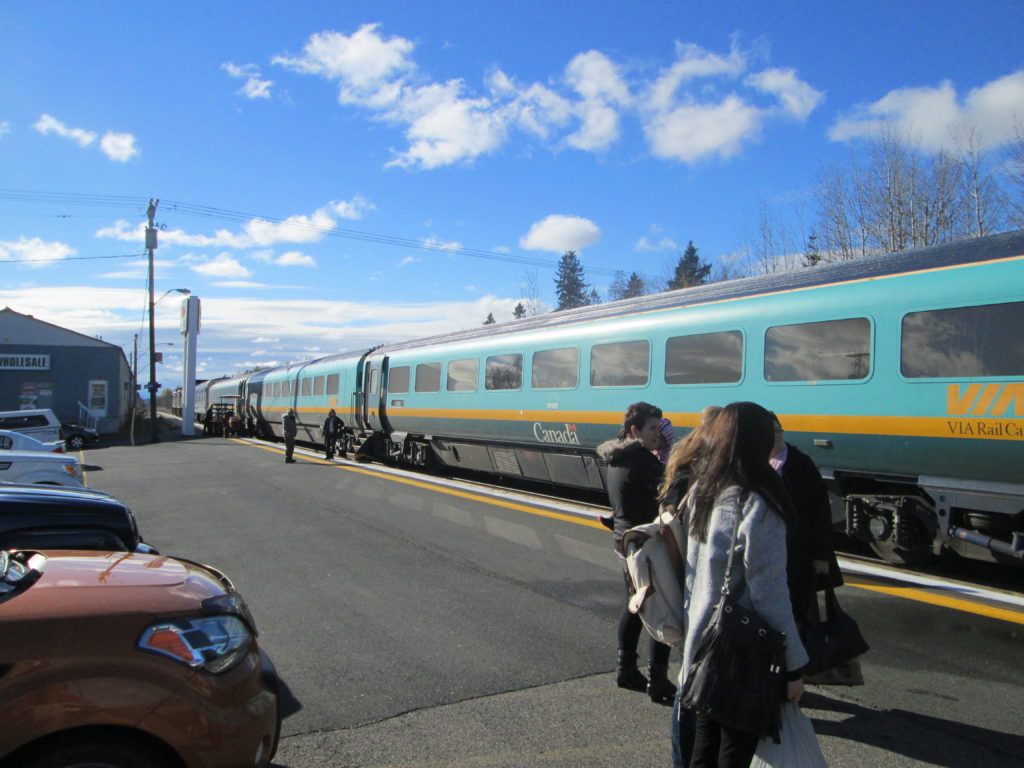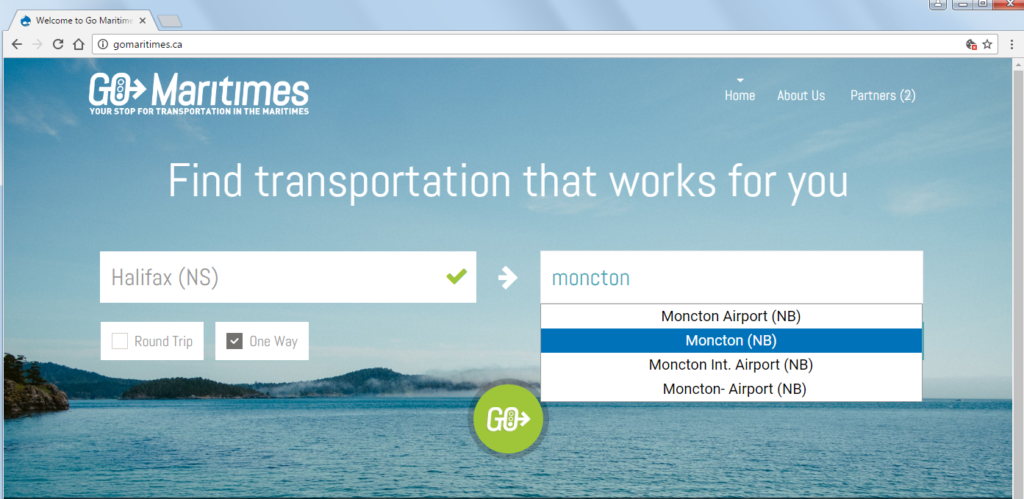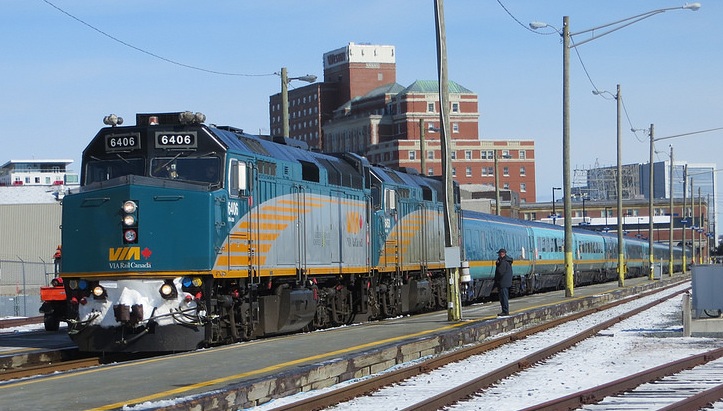
Transport Action Atlantic is viewing recent statements from both Prime Minister Trudeau and Transport Minister Marc Garneau on the future of VIA Rail service with a mixture of optimism and concern. Both have been quoted in media interviews as being supportive of the Crown corporation’s proposals for enhanced rail passenger service in the Quebec City-Windsor corridor, as well as the urgent need to replace severely aging equipment.
In an interview with the Globe and Mail, Minister Garneau indicated the Government of Canada is treating VIA’s initiatives as two separate funding decisions, and expressed clear support for VIA’s fleet renewal request.
“There’s no question that VIA train service must continue and that some of the train cars are getting old,” he told the newspaper. “We need to address the issue so that we continue to have a reliable and predictable service. We need to replace the hardware once in a while.”
That’s really quite an understatement. The last federal investment in new intercity rail passenger cars was nearly 40 years ago, and some coaches in VIA’s active fleet date back to 1947. But the most troublesome component is the so-called Renaissance equipment – acquired second-hand from the UK in 2001 after the overnight Channel Tunnel service they were intended for failed to get off the ground. Many of the partially-completed cars in the 139-unit purchase never turned a wheel in revenue service, and were eventually scrapped, with some components salvaged to keep others operational. Most of the survivors are now running on VIA’s last remnant of service to Atlantic Canada – the tri-weekly Ocean.
Attempts to force-fit the British-built cars to the Canadian operating environment were far from a resounding success, and nearly two decades of exposure to winter weather and other conditions for which they were never designed have taken a severe toll. At this writing, one Ocean Renaissance train set is out of service for an indefinite period, following a massive electrical failure at Halifax in early January. The departure was cancelled, the passengers transferred to buses, and the empty train limped back to Montreal for repairs.
At one time, VIA fielded three sets of Renaissance cars, but only two were required after the ill-advised reduction in Ocean service frequency in 2012. Now, maintaining even a smaller number of cars in serviceable condition has evidently become a challenge for the corporation.
Arguably, a high priority for government and VIA should be replacement of the troublesome Renaissance cars with modern equipment of proven design that’s suitable for North American operation. Given the lead time required for order and delivery of passenger rolling stock, and the unfortunate reality that the British-built cars are already past their best-before date, it will be increasingly difficult to keep the Ocean running reliably even if the funding comes in the next federal budget. But Transport Action Atlantic is concerned that only the corridor service appears to be under consideration for new equipment at this time, leaving the run to the Maritimes in a precarious position indeed.
“Canada does not end at Quebec City,” says TAA president Ted Bartlett. “Passenger rail investment all across the country has been neglected for years by successive governments. The entire VIA network must be re-equipped, and the area where the need is most urgent cannot be overlooked. We acknowledge that the corridor is the vital heart of passenger rail in Canada, but the link to the Atlantic provinces is very important for connecting Canadians. Furthermore, many Maritime communities that are underserved by public transportation are heavily dependent on the service the Ocean provides.”
Bartlett added that the track infrastructure in the Maritimes – particularly in northern New Brunswick – is also in urgent need of attention. While the required investment is extremely modest when compared with VIA’s proposal for a dedicated passenger line in the corridor, it is necessary if trains are to once again operate safely at the same speeds that were in effect 20 years ago. As recently as 2005, VIA trains traveled from Moncton to Campbellton in four hours. The same trip today requires nearly six hours, because of deteriorated track.






